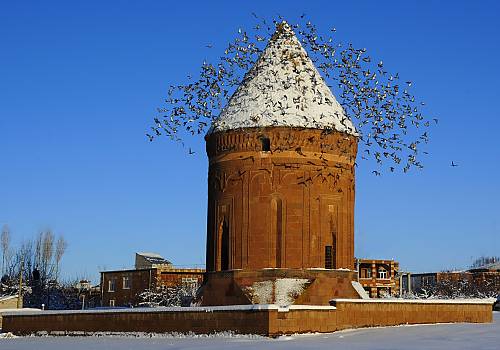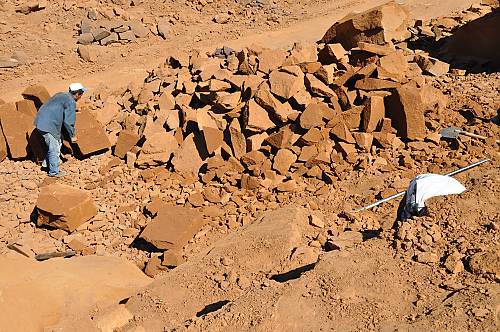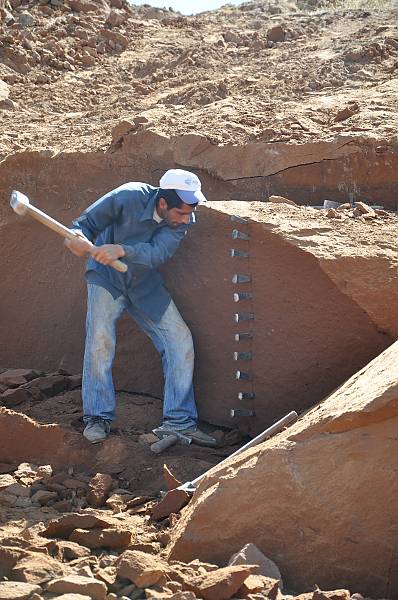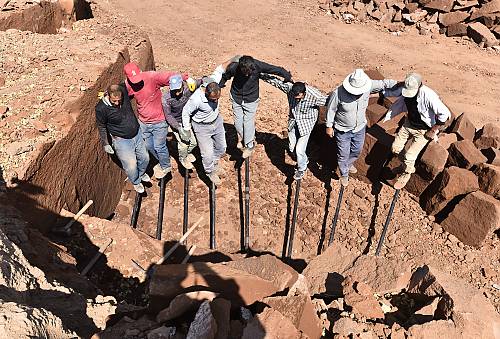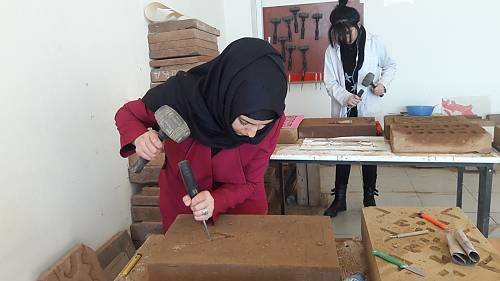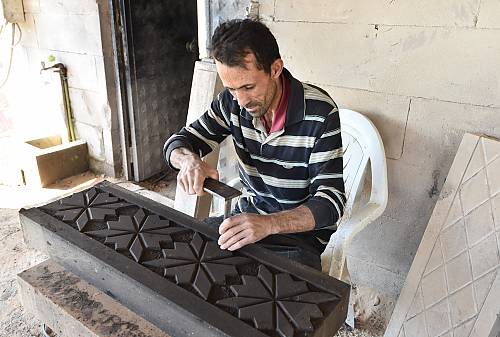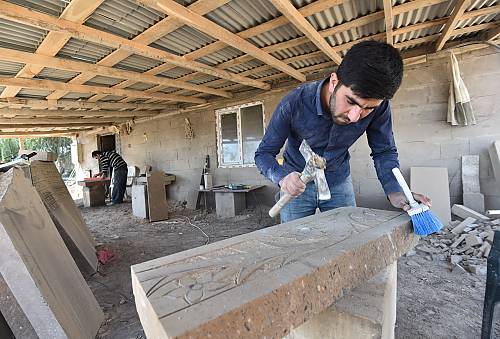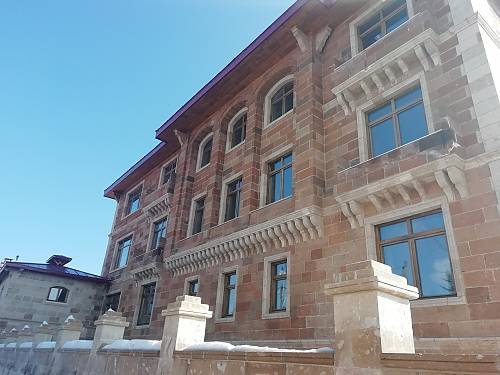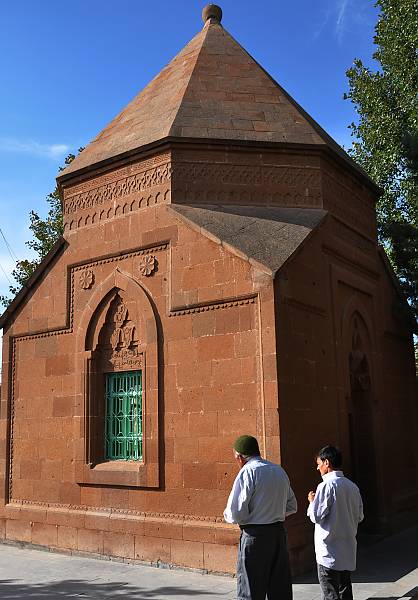Traditional Ahlat stonework
Inscribed in 2022 (17.COM) on the List of Intangible Cultural Heritage in Need of Urgent Safeguarding
Traditional Ahlat stonework refers to the knowledge, methods, skills and aesthetic understanding surrounding the extraction of volcanic Ahlat stones, shaping and ornamenting the stones, and then using them to create structures and artefacts. Ahlat stone is a volcanic stone extracted by miners from the foothills of the Mountain Nemrut in Türkiye. The extracted stone is cut and shaped, then ornamented by stone carvers with hand-held tools. The ornamentation on the Ahlat stone is formed by scraping, relief and carving techniques, generally using organic, geometric and calligraphic shapes. Building a structure with Ahlat stone requires specific techniques and knowledge. Folk calendars and traditional knowledge of nature play important roles in the extraction of the stone by the miners as well as in construction. In addition to architectural works such as houses, mosques, mausoleums and bridges, the stones are also used in tombstones, inscriptions, fountains and other artefacts. The practice has been transmitted from generation to generation for centuries, but its viability has faced serious threats in the last decades, including demographic changes (difficulty finding new apprentices due to the sharp decline in population and migration to big cities) and the widespread use of modern building techniques and materials in the region.

